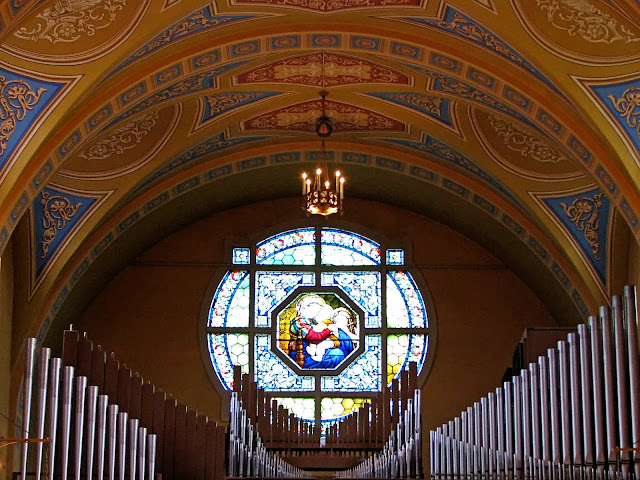I once dated this guy named Marc. Okay, maybe I went out with him twice. Three times tops. In any event, I was first attracted to him for his seemingly adventurous attitude. He had been scuba diving, swam with sharks, toured the country via motorcycle, and even had way more stamps in his National Parks Passport than I did. When comparing notes, however, I became disenchanted. His method was to roll up to a park, obtain its stamp and go. It seems he was much more interested in collecting ink than experiences. Kindred spirits? I think not!
Most national parks have a 20-minute or less orientation film that describes the site and the events surrounding its importance. This gives a quick history lesson on what makes the park unique. If the site isn’t your thing, at least you can say you understand the park and you’re not just running in and out. Honestly!
Enter Sleeping Bear Dunes National Lakeshore. Another great place to visit in Michigan and one I’ve been to many times. This site actually has more than one passport cancellation location: the main Visitor Center in Empire, the D.H. Day Store in Glen Haven, South Manitou Island and the Dune Center. To date, however, I only had stamps from Empire because, as you are well aware by now, I had not yet experienced the other locales. Today was the day, however, that I was going to literally forge ahead, uphill no less!
I’ve wanted to do the Dune Climb for as long as I can remember, but never had a willing partner in crime. Gotta love my niece. That girl will try just about anything once. After she agreed to tackle it with me, we were off.
Um, yeah. Did I happen to mention that Faith is nearly 40 years younger than I am? She sprinted right up that hill.
I call her Super Girl.
Me? Wonder Wimp. I thought … I was going … to die. Medic! Trust me; it’s a lot harder than it looks, and hell on the legs and lungs. And did I happen to mention that all the foul weather we had earlier in the weekend had finally dissipated? Today’s temps were more akin to a typical Memorial Day as it was sunny and they soared near the mid 80s. It was hot, hot, hot on that dune. Bless my sister for insisting we wear sunscreen (and deodorant).
Climbing to the top was indeed strenuous (for me, at least), but very rewarding. We were afforded a stunning view of Glen Lake.
Climbing to the top was indeed strenuous (for me, at least), but very rewarding. We were afforded a stunning view of Glen Lake.
This photo, taken from the parking lot, gives a bit more perspective and shows how far we got.
At the top of the dune is a marked trail which leads to Lake Michigan. The whole trip is about 3.5 miles and can take hours. If we didn’t have people waiting on us and a bit more time (and lung endurance), we would have done it.
After 45 minutes we were ready to head back down. At least gravity was on my side for the return trip!
Cool experience and one which I believe deserved the Dune Center passport stamp!























































